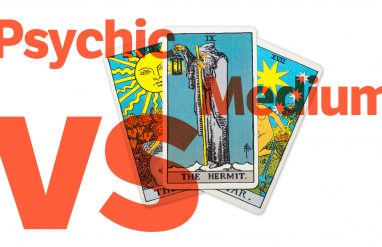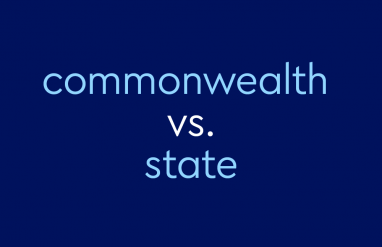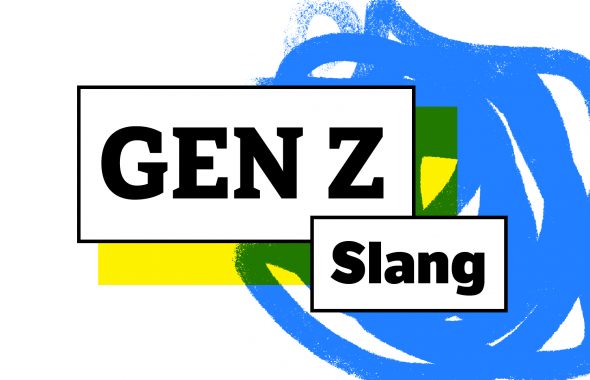Is there a difference between onto and on to? Does the space change the meaning? And when should one be used instead of the other?
In this article, we will explain the difference between onto and on to, explore when and how they are typically used, and provide example sentences that show them in use.
⚡ Quick summary
The preposition onto is very common. But it’s also very common for the words on and to to appear right next to each other in a way that does not convey the same meaning as onto. This can happen when the word on is part of a phrasal verb and the word to is part of an infinitive or is being used as a preposition by itself or in another way. For example, in the sentence Please log on to continue, on is part of the phrasal verb log on, and to is a function word that introduces the infinitive form of continue. There are cases where either option is considered acceptable, such as when a phrasal verb includes on but using the preposition onto is appropriate, as in Please log onto your account or Please log on to your account.
When to use onto or on to
The single word onto is most commonly used as a preposition that can mean “on,” “upon,” or “to a position on.”
The separate words on and to often appear alongside each other in sentences that use idiomatic phrasal verbs or infinitives. In these cases, you’ll need to use the entire context of the sentence to determine what exactly is being said.
For example:
- After we finished learning multiplication tables, we moved on to long division. (Here, move on is an idiomatic phrasal verb meaning “to start doing or discussing something new.”)
- The story doesn’t end here—you must read on to find out how it ends. (Here, read on is an idiomatic phrasal verb meaning “to continue reading.”)
Sometimes, onto and on to can be used interchangeably, especially in cases when a phrasal verb is being used but the meaning of onto is appropriate. For example, these sentences have the same meaning and are both considered acceptable:
- I logged onto my computer.
- I logged on to my computer.
However, you need to be careful not to accidentally use onto when you are using a phrasal verb ending with on alongside the word to in cases when onto is not what’s meant (such as when to is used after the phrasal verb to indicate a direction or a receiver of an action).
For example:
- Once you pass over the stream, continue on to the large boulder and then you’ll see the main trail.
- Once you pass over the stream, continue onto the large boulder and then you’ll see the main trail.
The first sentence can be interpreted as to continue until you get to the large boulder, whereas the second sentence seems like it means to actually get onto (on top of) the boulder to be able to see the trail.
There is an easy way to tell if you should use onto or on to. The word onto is a synonym of the words on and upon. If it makes sense to swap on or upon into your sentence, then onto is likely the correct choice. For example, the sentence He placed the book onto the shelf still makes sense if you replace onto with on or upon. However, the change won’t work in the sentence He moved on to the next math problem, which means on to is the correct choice.
Examples of onto and on to used in a sentence
Let’s continue on to some example sentences that show how onto and on to are commonly used.
- She hoisted the suitcase onto the roof of the car.
- The really long sentence ran on to the end of the page.
- I tossed the folder onto my desk.
- You must first turn it on to actually do anything.
- After a brief break, the band walked back onto the stage and continued on to their next song.














